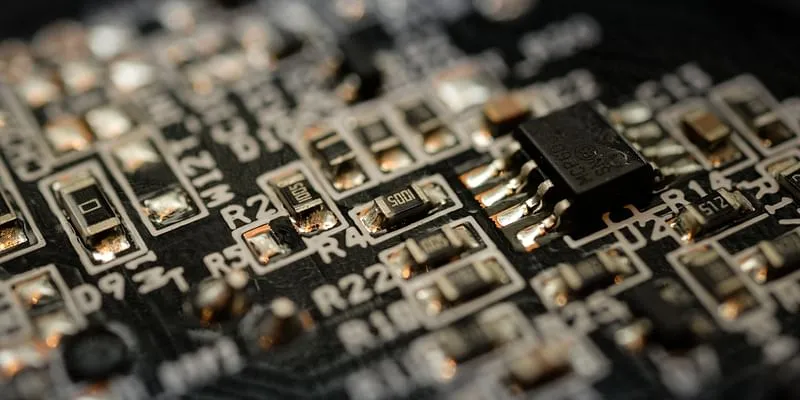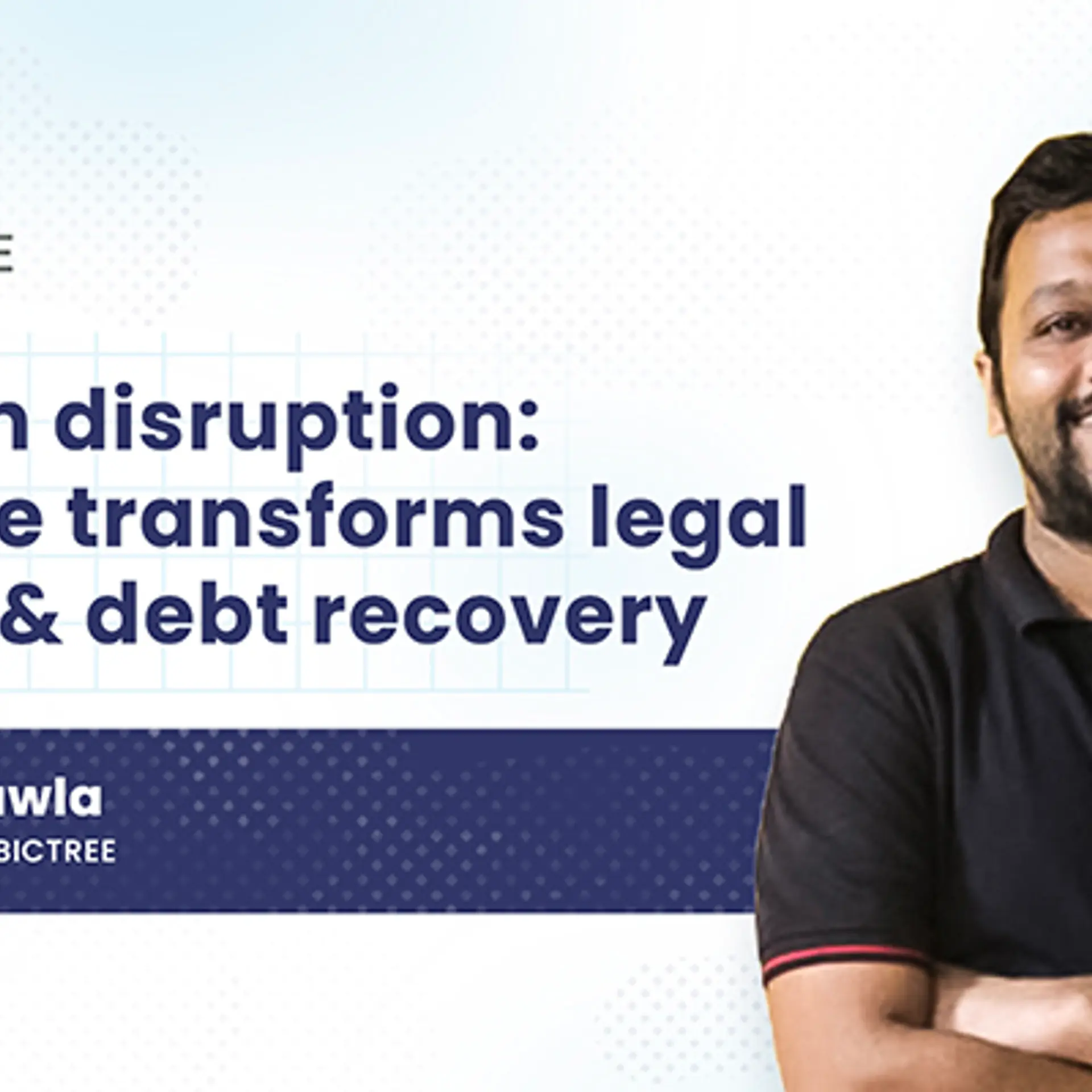How to build a successful semiconductor startup in India
Parag Naik, CEO and Co-founder of Saankhya Labs, appeared in a Prime Venture Podcast to discuss the opportunities and difficulties of building a semiconductor startup in India.
Parag Naik and his co-founders started at a time when nobody believed that a deeptech startup could come out of India. Intel Capital refused to fund Saankhya Labs and the fabless chip manufacturing market was non-existent in the country.
But according to Parag, you need to be both “brave and foolish” to build a semiconductor startup in India. What worked for Parag and his team was their ability to tinker with new ideas and hold on to their curious mindset. After 15+ years, Saankhya Labs is now a major brand in the Indian semiconductor space.
Lessons on building a semiconductor company
Learning from the last eight to 10 years, Parag realised that “it is about psychology and not technology.”
“You have to try and understand the behavioural psychology of the investors and the market sentiment,” says Parag in an episode of Prime Venture Podcast.
He recounted the time when he was building Saankhya Labs and dealing with the company’s initial struggle to get investors’ attention. Parag explains that the infrastructure required to build a semiconductor company is expensive and one needs to onboard investors and customers early by tapping into their psychology.
“When you are bothered about success too much, that is when you lose your curiosity”, he adds. He advises that the love of the subject, and the industry trumps everything else and success will find you if you continue working with semiconductors with passion.
Finally, Parag also emphasises the importance of the company you keep. When the going gets tough, co-founders and the team are very important as they can act as your motivation to re-steer the ship in the right direction.

Satellite broadcast receiver by Saankhya Labs
Attracting angel and institutional investors
Parag Naik admitted that he had started Saankhya Labs with a handful of small angel investors who did not entirely understand what Parag and his team wanted to do. But the company’s funding story really took off when they landed Intel Capital after pursuing them for years.
“You have to build a brand for yourself that you are trustworthy and can deliver,” says Parag. This is what Parag and Saankhya Labs initially failed to do with most financial institutions. Intel only came on board when Parag and his team had successfully shown SONY that they could build a cheap programmable radio. After them, General Motors followed suit.
Competing against incumbents
No matter when you are building a semiconductor company, Parag says you will always be up against giants like Intel and Qualcomm. Saankhya Labs’ story was no different when it started back in December 2006.
“[The trick is] to know exactly what these guys are looking for and not looking for”, explains Parag. He says that you have to first work with these companies to understand their business mindset and the space that they are not operating in because you cannot just attack them. “It is a combination of market intelligence, having a network, and being in that for a reasonable [amount of time],” he adds.

Image Source: pexel.com
Challenge of not having an ecosystem
Parag mentioned that the semiconductor landscape in India has now changed. The country has silicon aggregators and semiconductor startup accelerators. Yet, it is still too early to call the Indian ecosystem a thriving one and the way around that is collaboration.
“Trying to build everything in-house [does not work]. So, try and collaborate. Everybody is a competition but you can be [both] friends and enemies,” Parag suggests.
To know more listen to the podcast here.
Timestamps
01:00 - Parag’s entrepreneurial journey in the semiconductor space
07:15 - Computer science and the goal of hardware
13:00 - Dealing with incumbents and finding opportunities
24:00 - Building the semiconductor ecosystem and attracting investors
32:00 - How to think about IP and patents
Edited by Kanishk Singh









